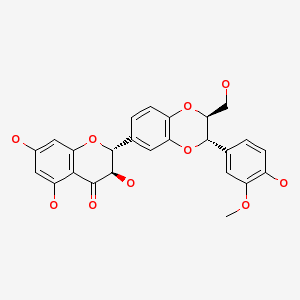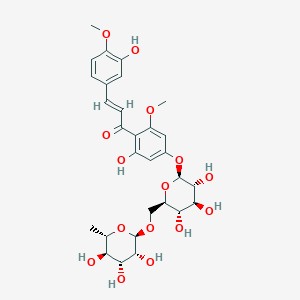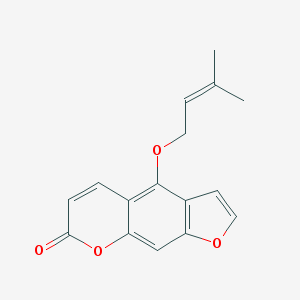Description
Silymarin is a flavonoid complex extracted from the seeds of the milk thistle plant (Silybum marianum). It has been traditionally used in herbal medicine for centuries, and modern research has supported some of its traditional uses, particularly as a liver protectant.
Applications:
- Liver Health: Silymarin is best known for its liver-protecting effects. It’s often used as a complementary therapy for liver diseases, such as cirrhosis, jaundice, hepatitis, and liver poisoning from chemicals or drug overdose.
- Antioxidant: It acts as a powerful antioxidant, neutralizing free radicals that can cause cellular damage.
- Anti-Inflammatory: Silymarin has been shown to reduce inflammation, which can be beneficial in many health conditions where inflammation plays a role.
- Skin Health: Some studies suggest that due to its antioxidant and anti-inflammatory properties, silymarin may help in conditions like acne or skin aging.
Benefits:
- Liver Protection and Regeneration: Silymarin has been shown to protect the liver from toxins and even help regenerate damaged liver tissue.
- Anti-cancer Properties: Preliminary studies suggest that silymarin may inhibit the growth of cancer cells in breast, cervical, and prostate cancer. However, more research is needed in this area.
- Neuroprotection: Some studies indicate that silymarin may provide neuroprotective benefits, helping to prevent neurodegenerative diseases.
- Supporting Diabetes Management: Some research suggests that silymarin can help improve blood sugar control and reduce complications in people with type 2 diabetes.
- Improving Bone Health: There’s emerging evidence to suggest that silymarin may play a role in bone health, especially in preventing bone loss associated with postmenopausal osteoporosis.
- Cardiovascular Health: Its antioxidant properties might provide benefits to the cardiovascular system by reducing LDL (bad cholesterol) oxidation, which is a significant factor in the development of atherosclerosis.





